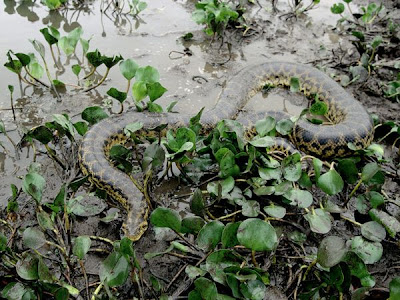 The Griffon Vulture is 93–122 cm long with a 2.3–2.8 m wingspan. In the assign race the guys weigh 6.2 to 10.5 kg and females commonly weigh 6.5 to 11.3 kg. It is an ordinary Old World vulture in manifestation, with an extremely white head, extremely expansive wings and short tail plumes. It has a white neck ruff and yellow bill. The buff figure and wing coverts appear differently in relation to the gloom flight quills.
The Griffon Vulture is 93–122 cm long with a 2.3–2.8 m wingspan. In the assign race the guys weigh 6.2 to 10.5 kg and females commonly weigh 6.5 to 11.3 kg. It is an ordinary Old World vulture in manifestation, with an extremely white head, extremely expansive wings and short tail plumes. It has a white neck ruff and yellow bill. The buff figure and wing coverts appear differently in relation to the gloom flight quills.
The most extreme lifespan recorded for the Griffon Vulture is 41.4 years, for an example in imprisonment. It breeds on banks in mountains in southern Europe, north Africa, and Asia, laying one egg. Griffon Vultures might structure detached settlements. The people is chiefly occupant. Adolescents and youthful people might relocate far or leave on long-separation developments.
Vultures don't follow sound prey, yet will assault wounded and ceasing to exist creatures. An aggregation of vultures is called a venue, and when orbiting the air, a gathering of vultures is called a pot. Most vultures are social and numerous species can frequently be viewed nourishing as one on the same corpse. A few animal variety of New World vultures have an exceptional feeling about scent, uncommon for raptors.
Griffon Vulture
The Griffon Vulture
The Dangerous Griffon Vulture
Griffon Vulture Amazing Wings
Griffon Vulture Wild Bird
Griffon Vulture Couple











































